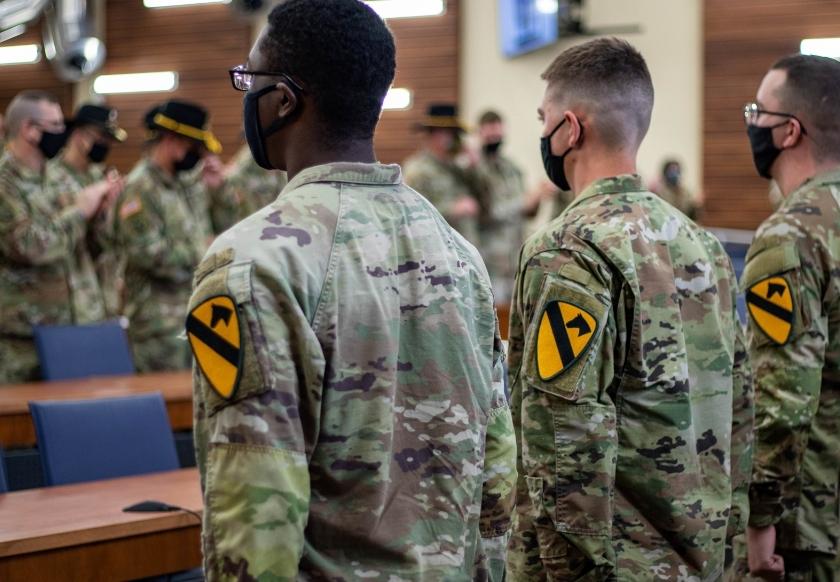
Table Of Contents
Shrapnel Wounds
What is a Shrapnel Wound?
Shrapnel refers to sharp, dangerous shards of metal. When dealing with the VA, shrapnel typically includes bomb, mine, or gun shell fragments. Therefore shrapnel wounds are injuries due to these metal fragments, normally coming from some sort of explosive device and most commonly incurred during combat.
How Does the VA Rate Shrapnel Wounds?
Ratings for shrapnel wounds can be difficult because the injuries can cause damage to not only muscles but to bones, joints, and nerves.
Symptoms that a shrapnel wound resulted in a muscle disability include:
- Loss of power
- Weakness
- Lowered threshold of fatigue
- Fatigue-pain
- Impairment of coordination
- Uncertainty of movement
Further, the VA classifies shrapnel wounds into four categories: slight, moderate, moderately severe, and severe.
- Slight: A slight muscle disability involves a simple wound without debridement or infection; the wound was easily treated and had good healing and function; there are no signs or symptoms, and there is a small scar with no resulting impairment of function.
- Moderate: A moderate muscle disability involves a through-and-through (i.e. the shrapnel went in one side and out the other) or a deep penetrating would (i.e. the shrapnel entered the body in one side and penetrated deep into the body but did not exit the body) without serious infection; there is a regular presence of one or more of the cardinal signs of muscle injury, and there are small scars present with some loss of muscle tone or substance.
- Moderately Severe: A moderately severe muscle disability involves a through-and-through or deep penetrating would with debris, prolonged infection, and a development of limiting scar tissue in the muscles; the wound would have needed hospitalization for treatment, have constant presence of cardinal symptoms, and would significantly interfere with the ability to work; there would be significant scars that go across one or more of the muscle groups resulting in loss of muscle substance and a definite decrease in function and use.
- Severe: A severe muscle disability involves a through-and-through or deep penetrating wound with shattered bones and lots of debris; prolonged infection; seriously limited scarring in the muscles; the wound would have required lengthy hospitalizations for treatment; constant and serious presence of cardinal symptoms; definite inability of the muscles to work; large jagged scares going across a large area, serious loss of muscle substance and tone causing significantly abnormal muscle function.
The corresponding percentages are divided into two categories based on whether the shrapnel wound affects a veteran’s dominant or non-dominant muscular region. Additionally, the percentages will differ based on which muscle region is affected. The VA separates the muscles into five regions:
- Shoulder Girdle and Arm
- Forearm and Hand
- Foot and Leg
- Pelvic Girdle and Thigh
- Torso and Neck
Separate Ratings for Muscle Injuries and Pyramiding
When filing claims to receive VA disability ratings for shrapnel wounds, it is important to be aware of pyramiding. Veterans cannot receive compensation more than once for the same disability, or the same manifestation of symptoms. When dealing with shrapnel wounds, it is important for veterans to look at the specific manifestations of the injury. If there is impairment not accounted for by the muscle injury then they also may be entitled to a separate rating for that impairment.
Veterans Help Group works with veterans and their loved ones across the United States to get the disability benefits they deserve. We have 24 years of experience fighting for veterans, we are confident in our ability to hold the VA accountable. We can help, contact the experienced advocate at Veterans Help Group to evaluate your claims. Call us at 855-855-8992 or complete our free veteran benefits case evaluation form.

VA Dental Benefits and Disability Ratings For Teeth
VA Dental Benefits and Ratings for Teeth - MATT SAUERWALD, VICE-PRESIDENT, VETERANS HELP...

Veterans Help Group Sponsors the 34th Annual Legends Invitational at Pebble Beach
Veterans Help Group Sponsors the 34th Annual Legends Invitational at Pebble Beach Veterans Help...

Top Veteran Questions Answered: Reddit’s Most-Asked VA Disability Questions
Top Veteran Questions Answered: Reddit’s Most-Asked VA Disability Questions Look, we get it. The...





